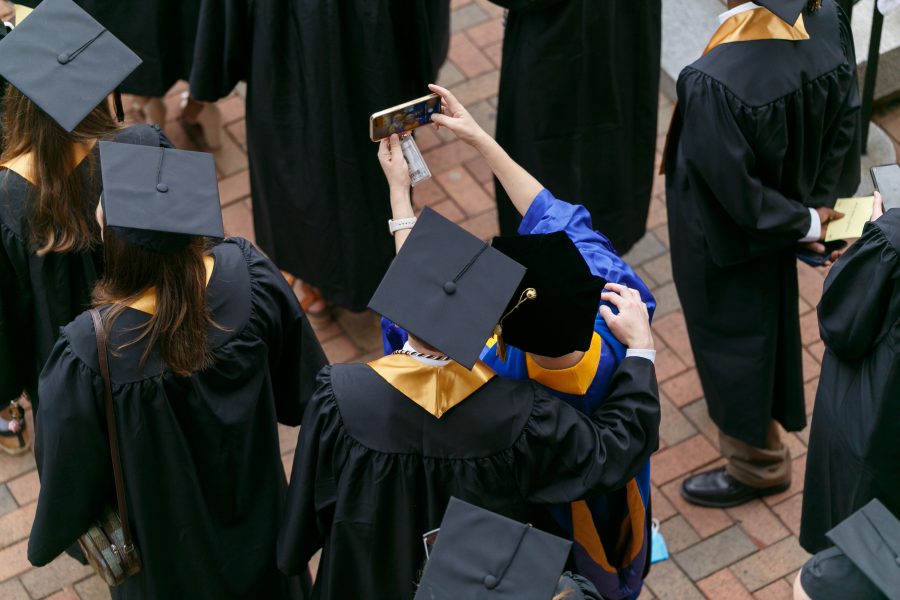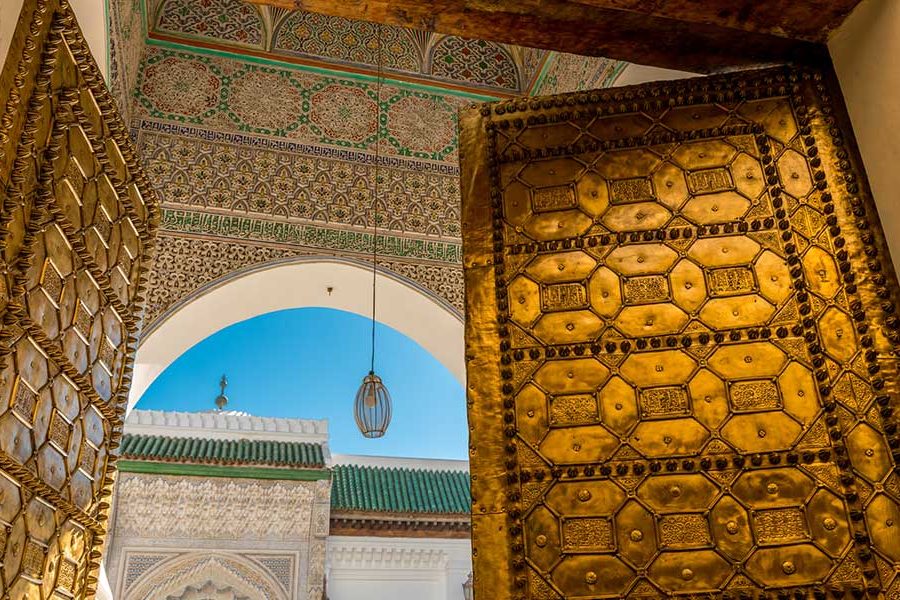WFU anthropology museum exhibit traces history of Panama’s Kuna culture
“Kuna Mola: Maintaining Tradition Amid Change” opens at the Wake Forest University Museum of Anthropology Sept. 7 and runs through Nov. 21. The exhibit presents a view of traditional and contemporary Kuna life through a collection of “molas” (the colorful, traditional blouse worn by Kuna women), photographs, jewelry, dolls and other objects.
The Kuna are one of seven Native American cultures living in Panama and are that country’s most well known ethnic group.
The mola is a unique needlecraft tradition based on techniques of reverse appliquÈ. Each mola panel is hand sewn from two to seven layers of different colored cloth. Designs are often penciled on the cloth. Then, the layers of fabric are carefully cut away to reveal intricate multi-colored designs. Today, the term “mola” often refers to the individual panels that are sold as tourist crafts.
The exhibit, toured by Exhibits USA, uses the mola to explore how the Kuna have managed to successfully maintain their traditional ways while responding to the demands of modern life, said Mary Jane Berman, director of the museum.
Several molas from the anthropology museum’s collections are included in the exhibit. Some of these were collected in the 1920s and 30s and provide historical insight into today’s innovations and changes in mola design and the Kuna’s integration into a changing world economy.
On Sept. 29, the museum will hold a Mola Identification Day in conjunction with the exhibit. From 10 a.m. to 2 p.m., Mari Lyn Salvador of the University of Mexico’s Maxwell Museum of Anthropology will identify molas and interpret the meaning of their designs. Kim Robertson, museum educator, will lead a Children’s Mola Workshop at the same time and will help children make their own paper molas.
On Sept. 30, Salvador will speak on “Crustaceans and Cruise Ships: Tourist Art from Kuna Women’s Perspective” at 2:30 p.m. In the slide lecture, she will address how the Kuna’s understanding of tourist’s perceptions of Kuna art has influenced the creation of new designs and a return to traditional ones. Salvador, one of the country’s leading experts on Kuna culture, has lived among and studied the Kuna for 25 years. She has written numerous books and articles about their culture and will autograph copies of her most recent book at a reception following the talk.
Most recently, Salvador curated “The Art of Being Kuna: Layers of Meaning Among the Kuna of Panama” at the University of California at Los Angeles and the Smithsonian Institute National Museum of the American Indian.
Admission to the museum is free. Museum hours are Tuesday through Saturday, 10 a.m. to 4:30 p.m. For information, call 336-758-5282 or visit the museum Web site at www.wfu.edu/MOA.
Categories: Arts & Culture, Happening at Wake
Media Contact
Cheryl Walker
media@wfu.edu
336.758.5237



